With the evolution of web, leading search engines (led by Google) continuously keep updating their search algorithm. The practice of Search engine optimization (SEO), primarily On-Page Search Engine Optimization (On Page SEO) has major effect on your Web site or Web page listing in natural search results.
What is On Page SEO
In search engine optimization (SEO), on-page search engine optimization refers to factors that have an influence on your Web site or Web page ranking in natural search results.
These factors are controlled by you or by coding on your page. Examples of on-page optimization include actual HTML code, media, images, meta tags, keyword placement and keyword density.
These factors are controlled by you or your SEO Expert. This article, which will be continuously updated, shares On page SEO – 10 secret tips to stay on top of organic search.
1. Create SEO Friendly Permalink URLs
Keep your page’s URL to be short and keyword rich. The best practice of creating an On-Page SEO friendly URL’s are:
- Keep the permalink length under 100 characters in length
- Keep the permalink words separated by hyphens or dashes
- Keep the permalink subdirectories under 3 or less if possible
- Keep the location in the permalink, if you’re looking for SERP’s for location-based keywords
- Keep the tracking or product numbers at the end of the permalink for E-commerce sites
- Keep the permalink strictly alphabetical/keywords based and never use numbers as a replacement for keywords
2. Follow Website Silo Structure
The Structure of your website should follow the Silo Structure. Silo pages structure connects category pages and supporting pages (posts).
That way, when you send a link to the homepage, the juice flows through your category and supporting pages, thus boosting your search performance.
Therefore you must lay out website pages in such a way that each link will pass SEO juice to other interconnected pages.
So What is website Silo Structure
Website silo architecture is an internal website linking structure that tend to create higher rankings on the search engine for keywords contained within the silo structure. Usually, a silo structure has a silo landing page in which three to five keywords can be targeted for ranking, preferably with one overlying topical theme.
Make sure that none of your internal pages stand alone and and are an integral part of your website for seamless navigation. This is essential to your site users and your search engine results.
In an ideal scenario, pages addressing the same or related topics should be linked together in order to provide a rich experience to the users.
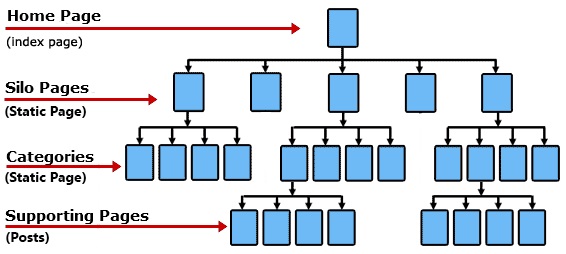
How to build Website Silo Structure
Building a website silo structure is a very important step if you want On Page SEO benefit. You need to structure, categorise and theme your website very tightly.
Before you start building your website build its clear cut sitemap and make sure there are no mixed signals being sent to the search engines. Help search engines understand what your site is all about. A website that has been categorized and themed correctly is the only way for sending such solid signals of relevancy.
If you are on wordpress you can use free plugin from wpsilos.com, see the video on how to use it.
What are the benefits of website Silo Architecture?
- It will reduce the amount of focus/time spent on offsite factors such as backlinks (By upto 90% less)
- You will increase your AdWords quality score due to the relevancy of your site.
- It provides a better user experience for your users.
- You will rank for many more keyword variations (Hidden Terms based on LSI)
3. Create Audience Relevant Content:
Google and other search engines regularly update their algorithm as they are directed towards measurably improving search users’ experience of finding any particular website. Therefore though the above is true it is increasingly less and less powerful.
With the 2013 launch of Hummingbird, Google started this journey to find contextual consumer relevant things. Today Google’s algorithm takes into account more than 200 signals that help the search engine predict what a user wants.
Therefore the only way to sustainable success in the world of algorithm-change is to think of consumers and build relevant content for On Page SEO. If you are able to bring a consumer on your site with a higher bounce rate, Google will certainly drop your page ranking.
4. Pick Thematic Keywords
Keywords are critical to your content strategy, after-all your prospective audience write it on search engines to reach out to you or your competitors.
As all keywords are not equal, it is a must that you identify what your audience is looking for. To identify what they are looking for, simply enter your main keyword into the Google Keywords Planner. Click the “Get ideas” button to get the probable thematic keyword phrases. Choose the one which is most relevant to your content and move on.
5. For Keyword Optimisation use LSI Terms
It is not recommended to use the primary keyword, again and again. You might be penalised for keyword stuffing.
Therefore use synonyms or latent semantic indexing (LSI) terms. LSI keywords help search engines extract more from normal keywords.
As per Google’s current ranking algorithm, the presence/absence of LSI keywords go a long way towards determining where your webpage ranks, as it is a strong quality signal to Google.
To research and identify LSI Keywords follow the steps below:
- Go to Lsigraph.com and input your primary keyword to generate LSI keywords.

- Select the most appropriate keywords ideal for your content.
6. Create Page title with Keyword at the start
Focus on using your keywords in the first 3-5 words in a URL as they are given more weight by search engines. Your title tag is the most important On Page SEO driver. However, it is not always possible to start with a target keyword that you want to make sure to put it towards the beginning.“
7. Create a page with Multimedia content
The adage “A picture is worth a thousand words” refers to the notion that a complex idea can be conveyed with just a single still image. It also aptly characterizes one of the main goals of visualization, namely making it possible to absorb large amounts of data quickly.
This adage perfectly explains why modern search engine algorithms pay extra advantage to content with multimedia.
Multimedia enhances user-interaction and increases the perceived value of content: which means that people are more likely to link to it.
Needless to say enhance your On-Page SEO and SERP ranking with engaging images, videos and diagrams to reduce bounce rate and increase time on site.
8. Create Outbound Links on your page
It is said that power is gained by sharing knowledge and not hoarding it. This adage is true in the world of web as well. Outbound links to relevant pages help enrich readers knowledge and at the same time signals Google about the topic of your page. Needless to say it improves your On Page SEO.
9. Create websites which load faster on desktop & Mobile
For Google site speed is important and their stated policy is that they are striving hard to make the web fast.
From its Webmaster Central Blog, here’s a description of the tool from Google itself “At Google, we’re striving to make the whole web fast. As part of that effort, we’re launching a new web-based tool in Google Labs, Page Speed Online, which analyzes the performance of web pages and gives specific suggestions for making them faster. Page Speed Online is available from any browser, at any time. This allows website owners to get immediate access to Page Speed performance suggestions so they can make their pages faster.”
Needless to say that if you are serious about your business on the web, you need to be serious about search engines (and On Page SEO) and therefore you need to make sure that it doesn’t take more than 4 seconds for your page to load. MunchWeb found that 75% of users wouldn’t re-visit a site that took longer than 4 seconds to load.
Find how to increase the loading speed of your site with Google’s PageSpeed Insights Service.
10. Create Enticing keywords
Have you noticed that in retail a “SALE” sign or “NEW” sign attracts attention and generate curiosity among visitors? Similar is the role of such attention grabbers on the web.
Therefore to improve On Page SEO just add “Best”, “Secret”, “Top 10”, “guide” etc. etc. on your page. This can help you rank higher for long tail versions of your target keywords.
There is a caveat though, if your content stink, it will not take long for people to start puking on your site and leaving immediately, something Google will track very easily.
11. Create Social Sharing Options
Social signals do not play a direct role in ranking of a website, however, as modern search engines have started ranking social links it may indirectly help you achieve traction among your prospective users.
Therefore to improve On Page SEO displaying social share button on a website is the most powerful way to boost websites traffic and visitors from social media sites. So make it easy for a user on your page by helping them help you by recommending website content to your social media friends.
12. Create Long-form Content
This is something which is my best-kept secret.
Everyone today talks about consumers who are impatient and the average time a user spends on a website is quite small so your content should be a blob of say 200-500 words. Here is a tool where you can count the keywords of your content https://smallseotools.com/word-counter/ a tool by Small Seo Tools
In August 2013, Google updated its algorithm by prioritizing search results for in-depth articles (Long Form Content). Their explanation was that “up to 10% of users’ daily information needs involve learning about a broad topic.”
Therefore to improve On-Page SEO and customer returns on your page go for Long Form Content. Long-form content is described as content which is 2,000 words in length and makes for an insightful read.
Examples of long-form content are whitepapers, webinars, videos, e-books, guides etc. do you want to know more read further on wordstream
13. Create relevant Internal links
Search engines use bounce rate as a mechanism to gauge the quality of content.
To improve On-Page SEO and reduce bounce rate the best strategy is to generate relevant & quality content tagged with appropriate keywords and creating internal links to the beginning of your content.
Relevant internal links is the easiest and most effective ways to decrease the bounce rate of a site.

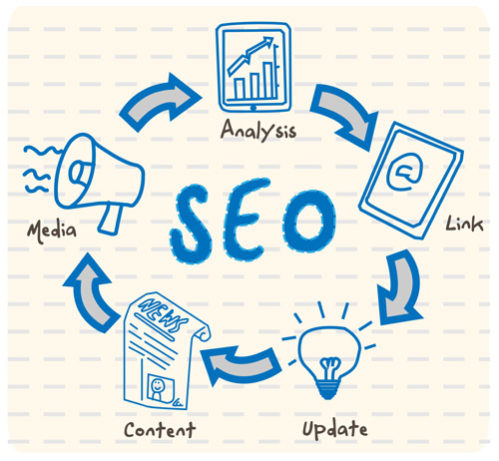
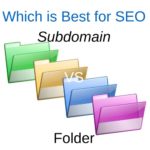
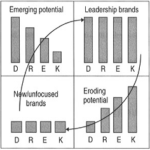

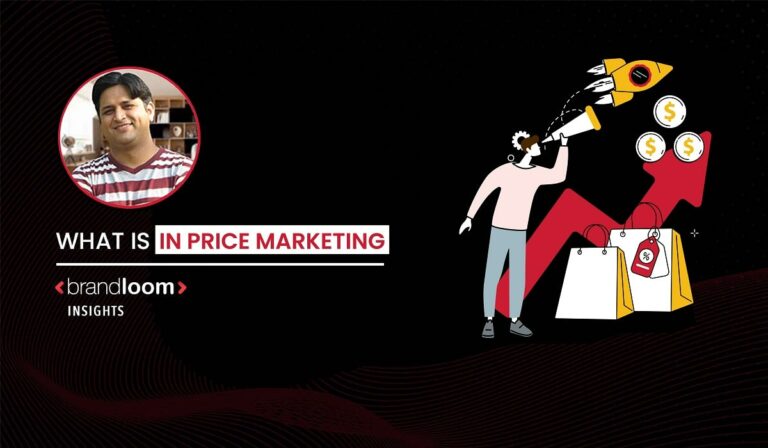
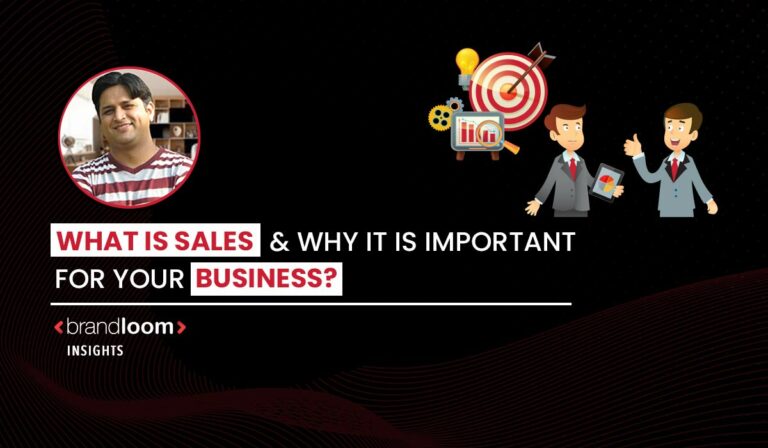

1 Comment
I really appreciate the information you have on your webpage it actually has helped me out a whole lot thanks